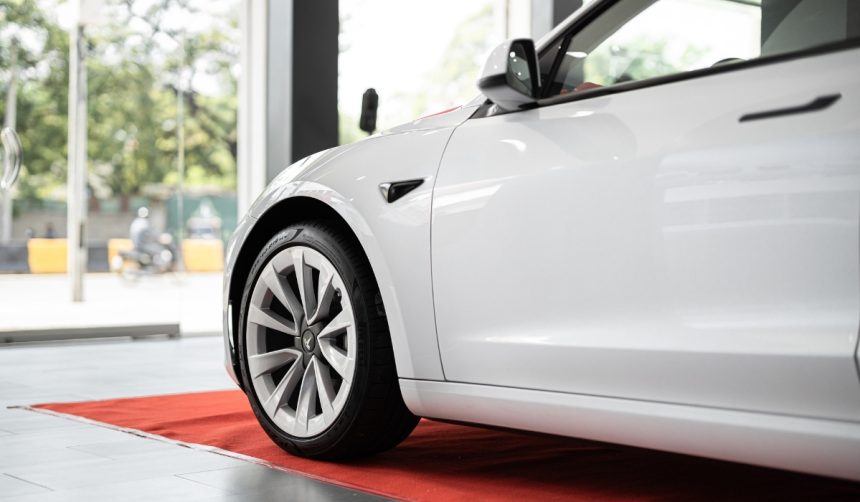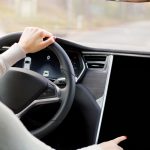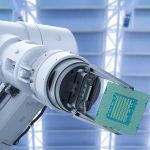Tesla‘s Robotaxi platform in Austin has taken a significant step by simultaneously expanding its service area and introducing a fare increase. These moves come as more residents gain access to autonomous rides, aligning with Tesla’s broader ambitions in the competitive ride-hailing sector. As driverless Model Y vehicles cover a wider portion of the city, users encounter a new pricing structure for the first time since the service debut. While the fare adjustment grabs attention with its tongue-in-cheek nod to figures associated with Elon Musk, the expansion hints at more strategic positioning. Commuters and urban planners alike are keenly watching how these developments will shape urban mobility. Growing interest from other tech giants compounds the rapidly shifting landscape for automated transport.
During earlier phases of the Robotaxi program in Austin, Tesla maintained a flat rate that set it apart from competitors and attracted early adopters. Prior coverage from multiple sources indicated that the trial launched with a modest service footprint and limited public access, drawing comparisons with Waymo’s more gradual rollouts elsewhere. Pricing was initially lower, and updates to the Robotaxi app were less frequent. With recent fare adjustments and service area enlargement, Tesla appears to be accelerating both adoption and the introduction of new features, adopting a pace uncommon among its rivals in the city.
Service Area Expansion Brings New Dynamics
Tesla has increased the coverage zone for its Robotaxi operations in Austin, now surpassing the area serviced by Waymo by roughly five square miles. This geographic expansion not only enhances convenience for more users but also intensifies competition in the driverless ride-hailing market. The unique shape of the new service area has drawn some commentary, with observers suggesting it serves as a pointed signal towards market competitors.
What Motivates Tesla’s Fare Increase?
Primary drivers for the fare hike from $4.20 to $6.90 include both the widening of the access program and the expanded service zone. Up to now, riders had benefited from a lower, flat rate, but as Tesla accommodates a broader section of Austin’s residents, operational costs and market positioning have contributed to this new pricing. Elon Musk referenced the fare update on social media, stating:
“But the price is now a princely $6.90, as foretold in the prophecy”
The chosen figure continues a pattern of using numbers with cultural resonance among Tesla fans, though the actual fee reflects the shifting economics of the expanding service.
App Improvements Target User Experience
Recent updates to the Robotaxi app bring additional features aimed at improving usability and functionality. These enhancements, rolled out in tandem with the broader access and fare change, strengthen Tesla’s ecosystem for users seeking seamless, automated city transportation. Responding to feedback and increasing competition, the company prioritizes operational reliability and rider satisfaction.
Tesla’s move to adjust fares and broaden its Robotaxi service area marks a calculated approach to scaling operations while maintaining user engagement. The fare increase, while noteworthy for its playful presentation, addresses underlying factors such as escalating reach and operational complexity. In comparison to Waymo, Tesla currently covers more ground within Austin and is updating its application at a faster pace. Users considering Tesla’s Robotaxi should keep in mind that fare structures may evolve with ongoing expansion and technology upgrades. For city planners and policy makers, monitoring Tesla’s approach provides insights into how rapidly scaling autonomous services may influence transportation costs, urban accessibility, and rider expectations as automated mobility continues to grow.
- The Robotaxi fare in Austin rose from $4.20 to $6.90.
- Tesla’s expanded service area now surpasses key competitors in the city.
- Recent app updates and wider access target increased user adoption.










